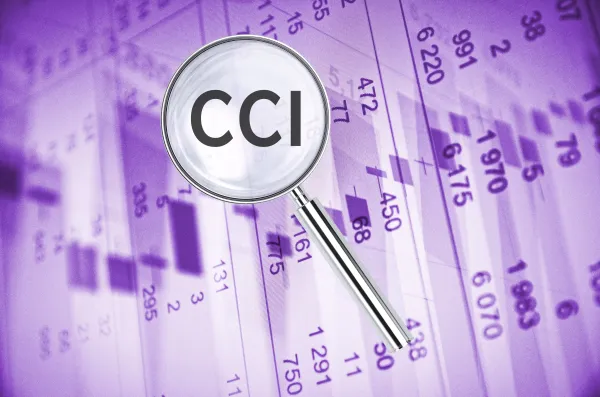New Nerve Destruction Codes Get Bundled Big Time

CCI tightens up coding loopholes with these HCPCS codes. The latest Correct Coding Initiative (CCI, or NCCI) edits have been released, with an effective date of July 1, 2019. There are a few shifts you’ll need to know about if you code for pain management services. Notably: Bundles arrive for two new 2019 codes for basivertebral nerve destruction, and they arrive in a big way. Read on to check out the changes, and see which codes are now bundled into which. Look for New HCPCS Code Edits You’ll find two HCPCS codes that were introduced in 2019 paired with procedures scattered throughout the CPT® book. They are: Both codes are used when the provider uses radiofrequency energy to destroy/ablate the basivertebral nerve within the bodies of two vertebrae in the lower back under imaging guidance to relieve chronic low back pain. According to the CCI edits, C9752 and C9753 are the Column 1 codes of the associated edit pairs. The Column 2 codes run a wide gamut of procedures, including: Silver lining: All of these new edit pairs are assigned modifier indicator 1, meaning that there might be times when you’re justified in breaking the edit and reporting both procedures on the claim. “In the case of a trigger point injection, for example, you may be able to properly override the edit if the injections are administered in an unrelated site, such as the neck, since the TPI code is generic to all muscles,” says Doris V. Branker, CPC, CIRCC, CPMA, CPC-I, CANPC, CEMC, president of DB Healthcare Consulting and Education, LLC, in Sunrise, Florida. Important: Codes C9752 and C9753 each are paired with almost 300 other procedure codes. Take time to go through the edit pairs yourself to note which ones might affect your practice the most. “Codes C9752 and C9753 are new for 2019 but probably aren’t performed very often in many interventional pain management practices because an incision is needed since the physician goes into the actual vertebra,” says Branker. “Although it isn’t an impossibility to have a pain doctor perform this, spine surgeons or pain management specialists who perform vertebroplasty and kyphoplasty probably perform it most often.” “To my knowledge, CPT® has not created a unique code to date for the service of C9752 or C9753,” Branker adds. “Because of this the provider might report the service as an unlisted procedure and include documentation of what was done.” Watch How You’re Reporting Vertebroplasty Any coder who reports pain management procedures probably is familiar with vertebroplasty as a potential treatment for chronic back pain when other methods have failed. The new CCI edits draw attention to six vertebroplasty codes in new edit pairs: These six vertebroplasty codes are the Column 1 components of edits with four procedures associated with bone marrow aspiration: As with the HCPCS code edits listed above, these vertebroplasty edits are all classified with modifier indicator of 1. “If you have clear documentation of the vertebroplasty and bone marrow procedures being separate from each other, you could potentially report both procedures and be reimbursed,” says coding consultant Marvel J. Hammer, RN, BS, CPC, CCS-P, ACS-PM, CPCO, of Denver, Colorado. Pay Attention to Substance Abuse Consulting Time Other new edits that Hammer says could apply to pain management involve new HCPCS code G2011 (Alcohol and/or substance (other than tobacco) abuse structured assessment (e.g., audit, dast), and brief intervention, 5-14 minutes). Code G2011 is in Column 2 of edits with office or other outpatient visit codes for new patients (99201-99205, Office or other outpatient visit for the evaluation and management of a new patient, which requires these 3 key components .) and established patients (99211-99215, Office or other outpatient visit for the evaluation and management of an established patient, that may not require the presence of a physician or other qualified health care professional …). “Note that a modifier can be used to bypass the edit if the documentation supports that the 5-14 minutes spent on the alcohol and/or substance (other than tobacco) abuse structured assessment (e.g., audit, dast), and brief intervention is separate from the E/M service that is also being reported,” Hammer says. Take note: “A provider can’t ‘double dip’ and use the time spent in the alcohol or substance abuse assessment and intervention as part of their E/M service,” Hammer adds. “This is particularly important when using counseling time as the basis for level of E/M service.”




